Sammenfoldelige kartonkasser har været en fast bestanddel i emballageindustrien på grund af deres alsidighed, brugervenlighed og omkostningseffektivitet. Som et væsentligt værktøj til emballering af forskellige produkter – fra emballerede fødevarer til elektronik – forstå det grundlæggende i sammenfoldelig kartonkasse emballage er afgørende. Her er hvad du bør vide.
1: Forståelse af foldekartonemballage
Foldekartonkasser, typisk lavet af pap, sendes fladt og samles i en kasse, når det er nødvendigt. De kan tilpasses i størrelse, form og print, hvilket gør dem til et fleksibelt og populært valg for en lang række produkter.
2: Stilarter og typer af foldekartoner
Foldekartonæsker kommer i adskillige stilarter, afhængigt af deres lukning og måden, de er samlet. Populære stilarter inkluderer tuck-endekasser, auto-lock bundkasser, forseglingsendekasser og gavlbokse. Hver tilbyder forskellige niveauer af sikkerhed og æstetisk appel.
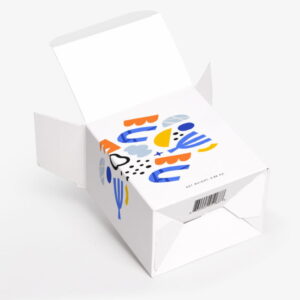
Det tuck end auto-lock bundboks, eller crash bottom box, har et bunddesign, der automatisk låser på plads under montering med en simpel klapklap. Denne boks-stil anbefales til tungere produkter, som vin og øl, da den er den stærkeste blandt alle papirboks-emballeringsmuligheder, der er anført nedenfor.
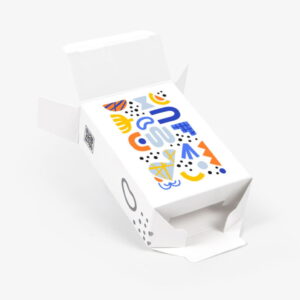
Alternativt kan snap bund eller lås bundboks er en anden stærk mulighed velegnet til tungere genstande som vin eller elektronik. Også kendt som 1-2-3 bundboksen, har denne boks-stil klapper, der skubber ind i hinanden og låser på plads.
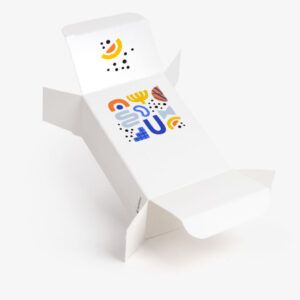
Lige tuck endekasser opbevares fladt og kræver ikke yderligere montering. De identificeres ved at have både top- og bundlukninger på samme side af kassen og slidser i enderne for at holde tucks låst. Denne stil er ideel til lette eller mellemvægtige produkter som kosmetik eller æteriske olier.
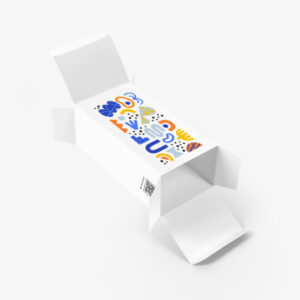
Omvendte tuck-endekasser er det samme som straight tuck, men har endelukninger på de modsatte sider af kassen. Da de er næsten identiske, er reverse tuck boxes også ideelle til lette eller mellemvægtige produkter.
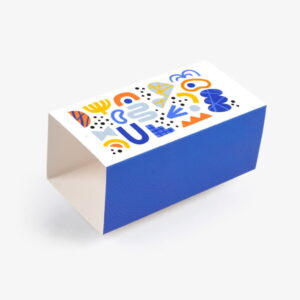
Indpakning af papirhylster er en kartonstil designet til at glide over en anden, typisk udekoreret æske. Denne mulighed er et meget populært valg på grund af at være den billigste løsning og kan øjeblikkeligt skabe fantastisk tilpasning til en almindelig kasse.
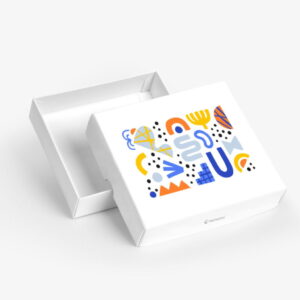
Dobbeltvæggede bakke og lågkasser, eller todelte kasser er adskilt med en øverste og nederste halvdel. Bakken og låget passer tæt sammen for at skabe en robust dobbeltvæg, der er ideel til luksusprodukter som smykker og tøj eller fungerer som mademballage til produkter som konfekture.
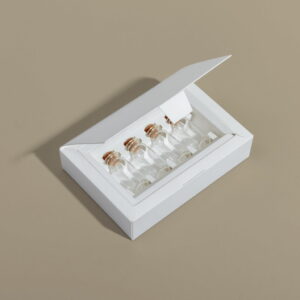
Tilpassede foldekartonkasser er den sidste populære mulighed. Hvem sagde, at foldbare kartoner skulle være på en bestemt måde? Brugerdefinerede udskæringer og indsatser til ovenstående muligheder er kun begrænset til fantasien. En velplaceret udskæring eller indsats kan tilføje en unik flare til din emballage og adskille sig fra konkurrenterne!
3: Produktionsprocesser
Produktionen af foldekartonæsker involverer flere faser - design, trykning, udstansning, foldning og limning. Nye teknologier og teknikker udvikles løbende, hvilket øger præcisionen og effektiviteten af disse trin.
4: Tilpasnings- og efterbehandlingsmuligheder
Foldekartonemballage kan nemt tilpasses med forskellige print, prægning, UV-plettryk eller specielle udskæringer. Lamineringer, lak eller belægninger kan påføres for yderligere beskyttelse og æstetisk appel.
5: Fordele ved sammenfoldelig kartonemballage
Sammenfoldelige kartonkasser giver overkommelighed, letvægtsnatur og nem opbevaring og transport. De er også meget tilpasselige, hvilket gør dem alsidige til en lang række produkter. Plus, deres genanvendelige natur gør dem til en miljøvenlig emballagemulighed.
Ofte stillede spørgsmål:
1. Er foldekartonkasser holdbare nok til tunge produkter?
Ja, med passende materialevalg og design kan foldekartonkasser klare et bredt vægtområde. Men for meget tunge eller skrøbelige genstande kan du overveje at supplere med yderligere beskyttende emballage.
2. Kan jeg bruge foldbare kartonkasser til fødevarer?
Ja, mange fødevarer pakkes sikkert ved hjælp af foldbare kartonkasser. Særlige fødevaregodkendte materialer sikrer sikker opbevaring af fødevarer.
3. Er der en minimumsbestillingsmængde for tilpassede foldekartoner?
Dette kan variere meget afhængigt af emballageudbyderen. Nogle tilbyder meget lave minimumsordremængder, mens andre kan kræve større ordrer for omkostningseffektivitet.
4. Kan foldekartonemballage gøres mere miljøvenlig?
Ja, at vælge genanvendt eller bæredygtigt fremstillet pap og minimere brugen af ikke-genanvendelige overfladebehandlinger kan gøre din foldekartonemballage grønnere.
5. Hvordan samles foldbare kartonkasser?
De fleste foldekartonkasser er designet til nem montering, og kræver ofte blot en simpel udfoldning og fastgørelse af forlimede dele.
I emballageverdenen fortsætter foldekartonkasserne med at holde deres stand med deres pålidelighed, alsidighed og omkostningseffektivitet. Ved at forstå deres stilarter, produktionsprocesser og tilpasningsmuligheder kan du frigøre det fulde potentiale af disse pakke-arbejdsheste. Uanset om du er en stor virksomhed eller en lille virksomhed, fungerer foldekartonkasser som en betroet allieret til dine emballagebehov.
